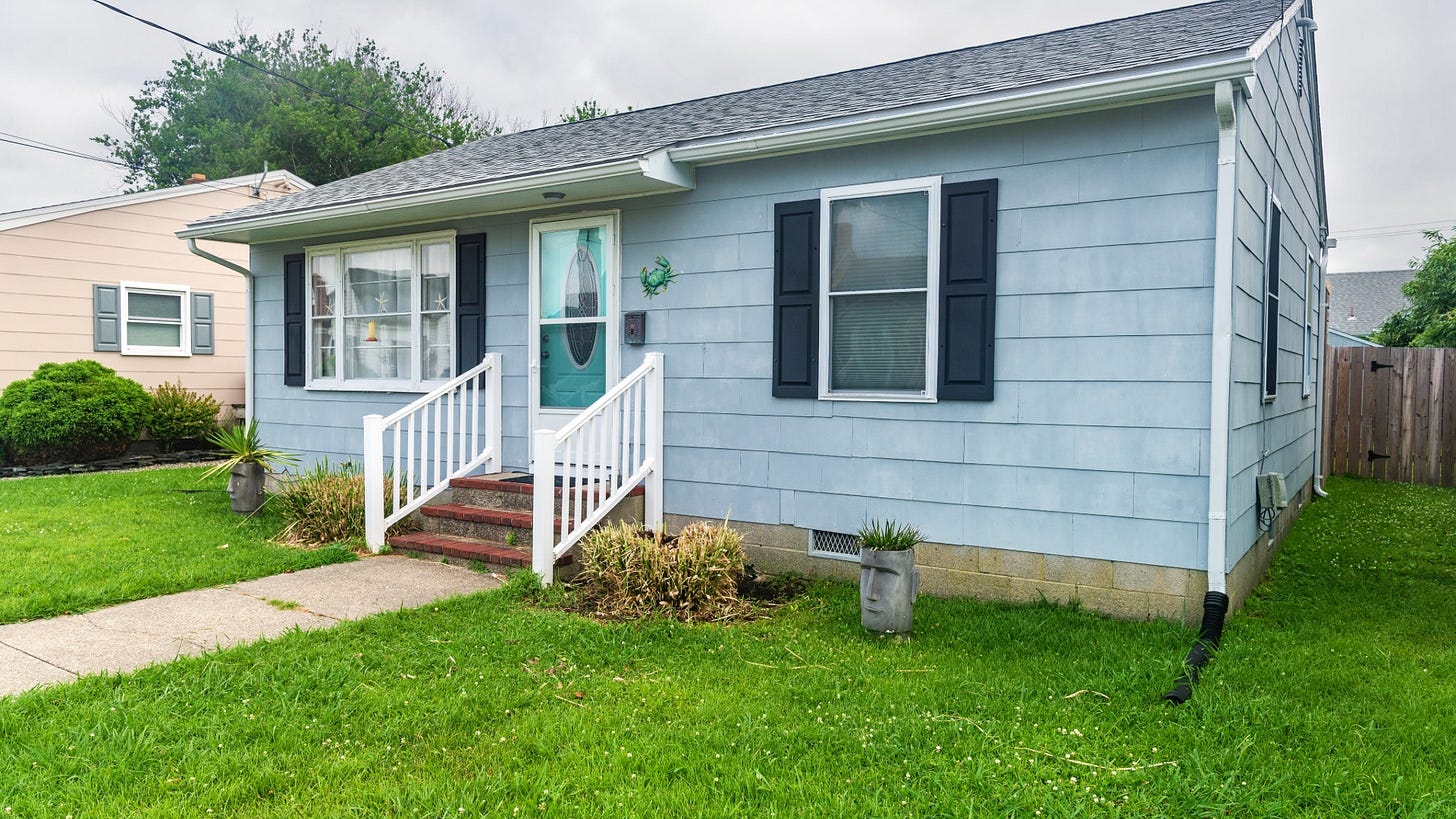A safe house is a temporary dwelling where people hide. I don’t mean incognito, under assumed names, etc. I mean hide. The point is not for the temporary residents to blend in, but to disappear from view. They aren’t to be seen going in; they aren’t meant to be known to be in there; they aren’t meant to be seen leaving.
People may go in and out of the safe house, but only when necessary, only as inconspicuously as possible, and only with a rock solid cover story. Ideally, both the operators of the safe house and the temporary residents are never seen.
While one might be able to theorize a perfect safe house—and we’ll go into the most desirable features—safe houses are selected based on availability, so the safe house operators have to apply rules and principles to make an otherwise ordinary house into a safe house.
First of all, the house must be functional. Utilities on, with an owner receiving the bills. People will be living there. They will need to eat, sleep, bathe, use the lavatory, wash and dry clothes, etc. Secondly, someone will have to collect mail so it doesn’t mount up or raise questions with the mail service. Third, there needs to be a minimum of two ways in and out of the house, with at least one of them concealable from neighbors. Finally, operators need a plan for coming and going by vehicle and on foot. Garages are a big plus.
The house has to be stocked with shelf stable food, linens, kitchenware, cleaning products, toiletries, toilet paper, towels, etc. What the house can never have is an internet connection. No one who enters the house should have a computer or a live smart phone. Residents will have no electronic communication. Operators will shut theirs down before approaching the premises, and only switch back on after they’ve left. Every window and windowed door must be equipped with shades or blinds that are kept closed anytime anyone is actually in the house. Any cracks that allow peepers to see past blinds should be blocked by furniture or other items (boxes, e.g.)
Stock the house with books, magazines, playing cards, and board games. There will be neither television nor radio nor internet, and bored, restless residents do dumb things, like try to go outside or sneak off to the store. They need something to occupy them.
A safe house comes with contingency plans which are drilled into the residents. How to make an emergency exit and find a rendezvous point; and how to notify operators of the exit. How to deal with medical emergencies. Who and how to call and what to say if the house is compromised. How to signal for an unscheduled contact.
If vehicles are at the residence, for example, in a garage, or for a pick-up or drop, they must always pulled in backwards, facing forward for a fast escape. They must have a full tank of gas. They must be equipped with first aid kits. A set of two-way portable radios is a plus for operators and, sometimes, residents.
All trash is sealed and stored indoors, until an operator can haul it away to a second locations (trash is a treasure chest of evidence).
A pre-operational survey is conducted before the safe house goes online. Every route—vehicle and pedestrian—is cased for ease of use, obstacles, alternatives, risks, advantages, electronic and human surveillance . . . this is a rehearsal, in a sense, for actual approaches and departures. These routes need to be surveyed for daylight and dark, as well as weekdays and weekend. Human beings and their activities are critical components of the environment.
We mentioned rendezvous points. An emergency exit rendezvous point should provide protection from the elements without alerting people to anything unusual. Ideally, it is another concealed location. Operators may also—if the organization is sufficiently compartmented—have a rendezvous point with rat-line operators who bring the residents to the operators, This needs to be an out-of-the-way spot where people can change vehicles.
NEXT: Rat-lines



Merely interesting - Cellphones, pads, ect. should be turned off, disconnected, or shielded (dropped into a faraday bag) at different distances and locations from safe houses. Tracking technology is ferocious now.
I get a strange feeling as I read this that these types of covert things are gonna be needed in this country in my lifetime… perhaps I’m getting paranoid, but things are definitely getting wonky.